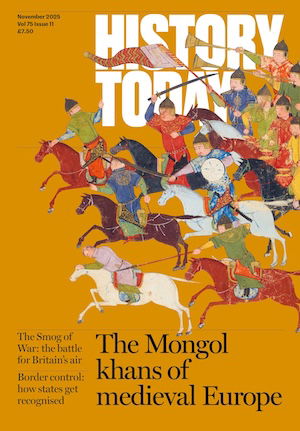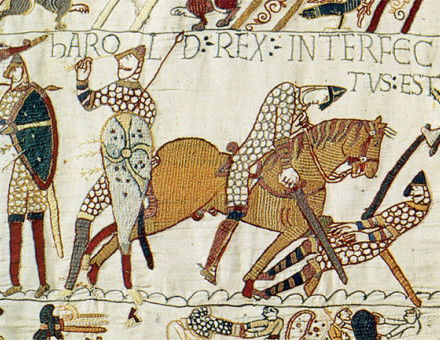The year 1265 marked the climax in the fortunes of Simon de Montfort, Earl of Leicester. Having defeated the forces of King Henry III during the previous summer, and captured his son and heir, Prince Edward, the Earl was the effective master of baronial England. But his dominance did not endure for long. In May, Prince Edward escaped from his guards and, on August 4th, he overwhelmed Montfort's army at the Battle of Evesham; the Earl himself was killed in the engagement. For six months of this period, the Montfort household rolls have survived. Originally compiled for his wife, the Princess Eleanor, sister of Henry III, they present a remarkably intimate picture of domestic and social life in a powerful thirteenth-century nobleman's family, writes Margaret Wade Labarge.



